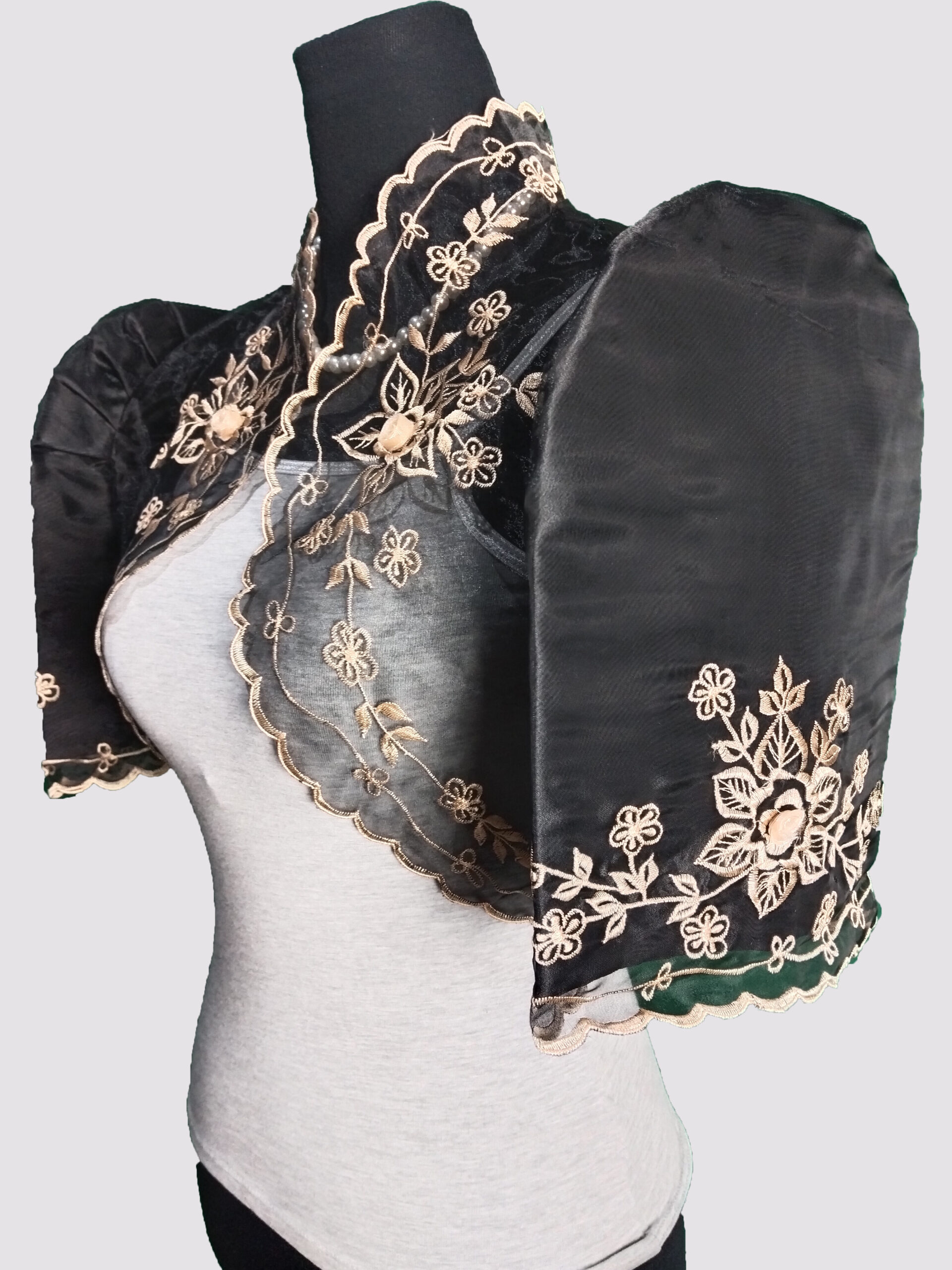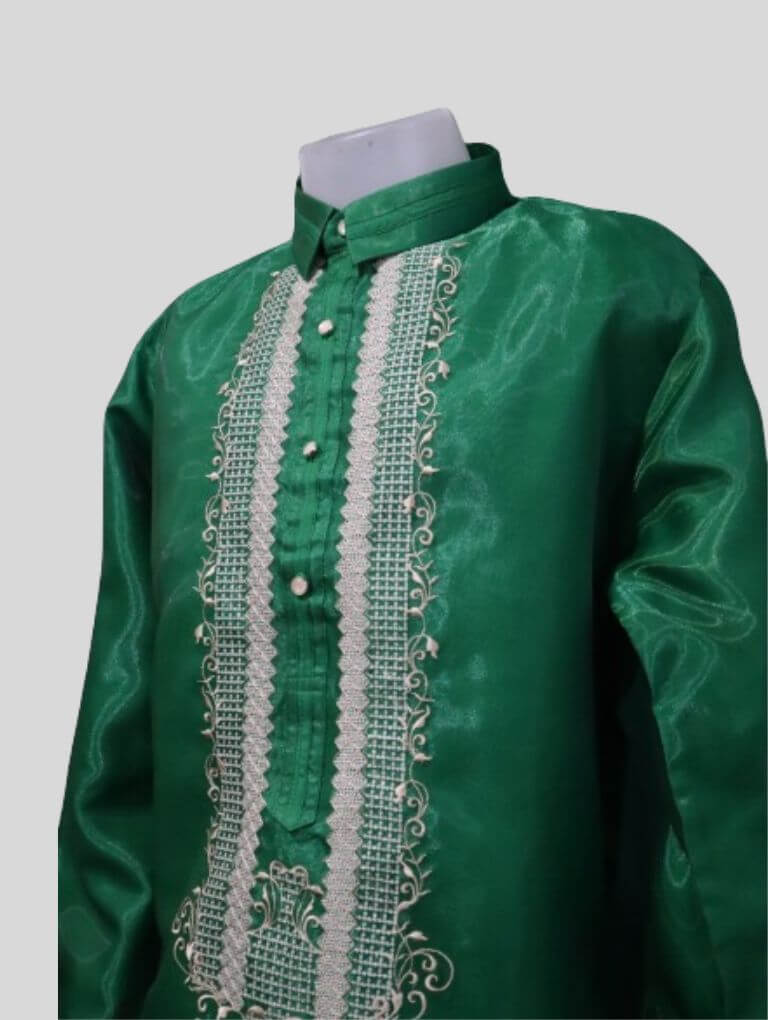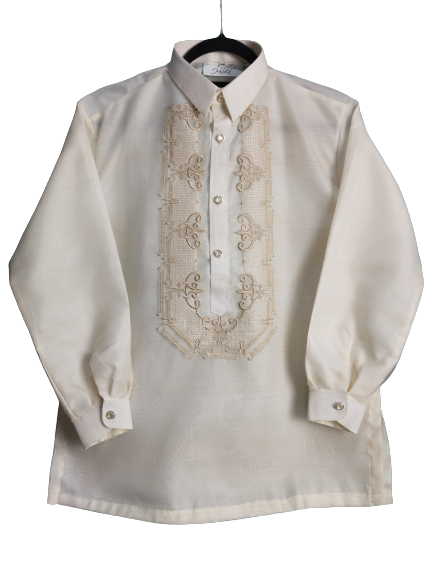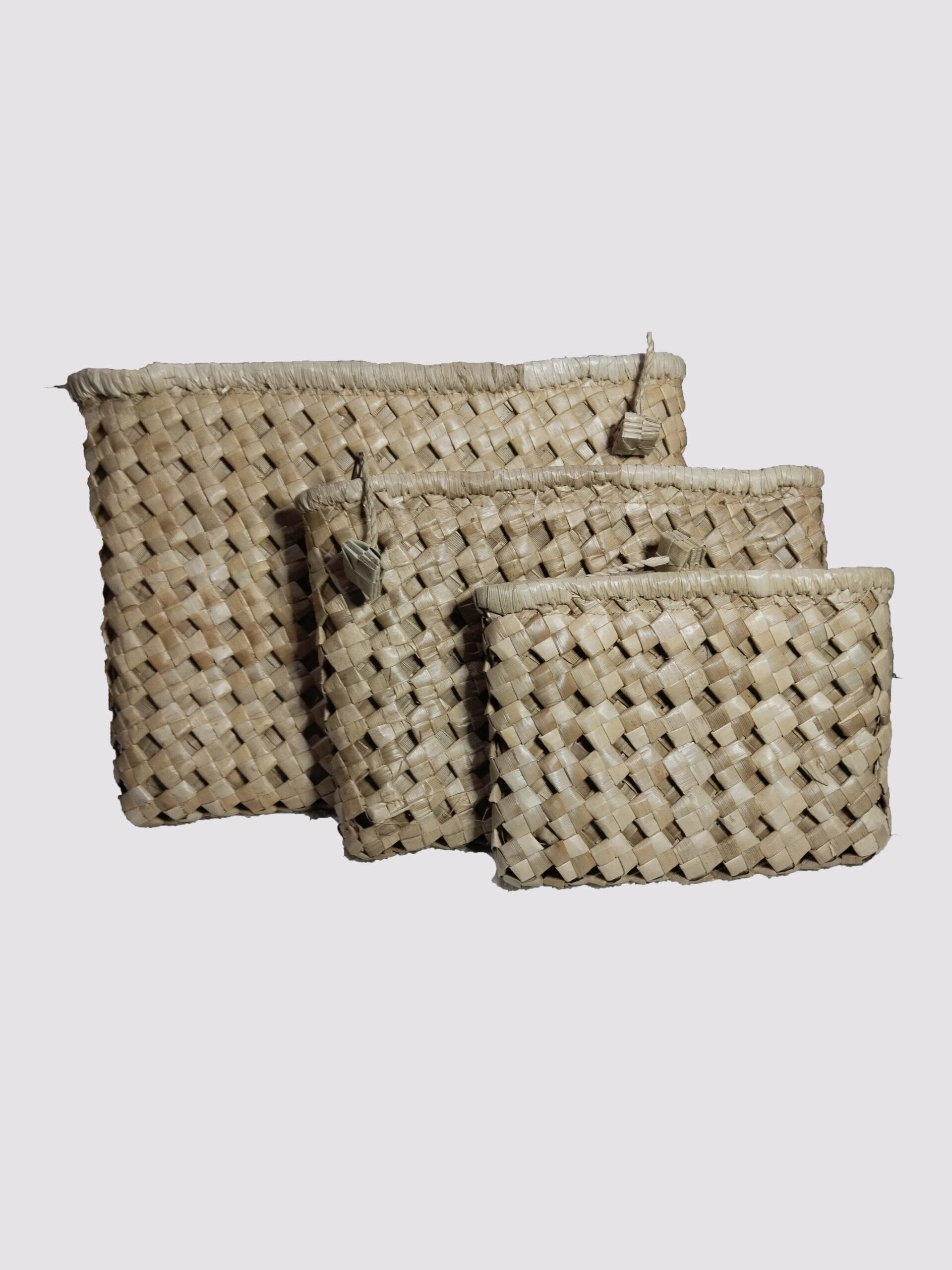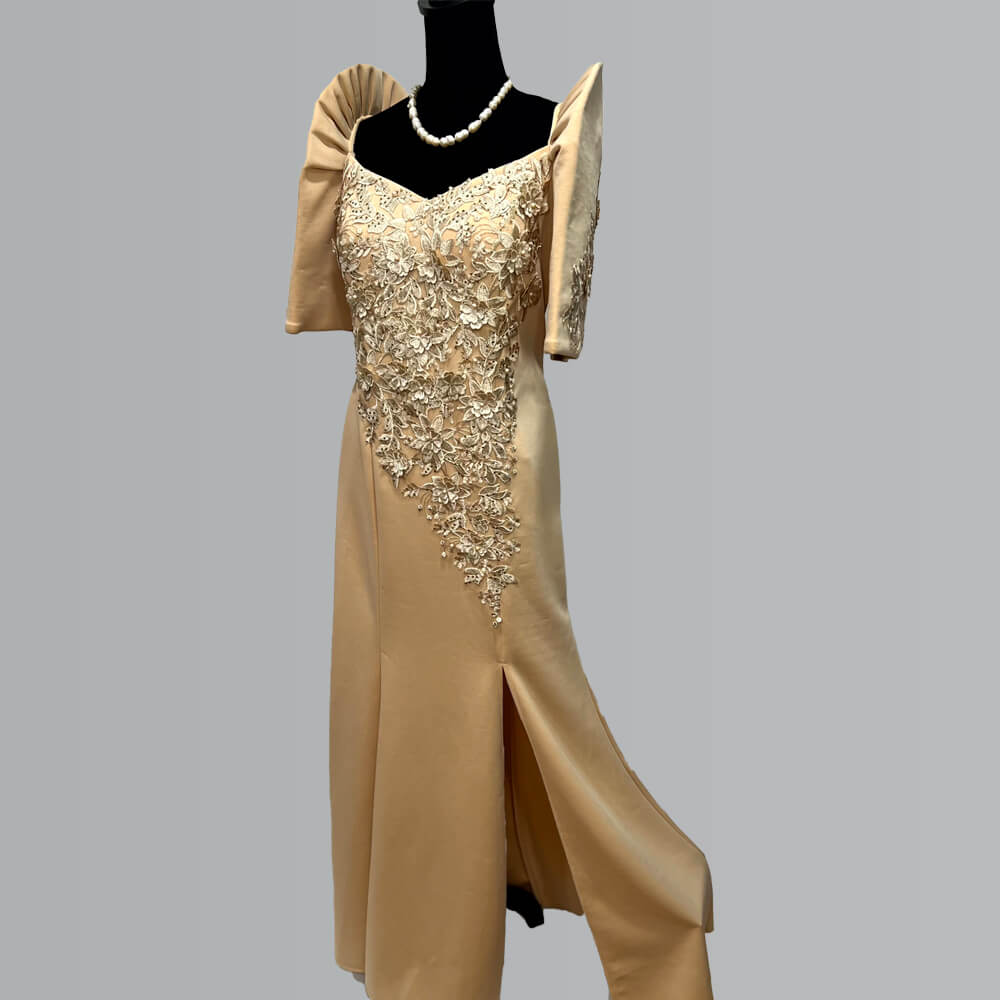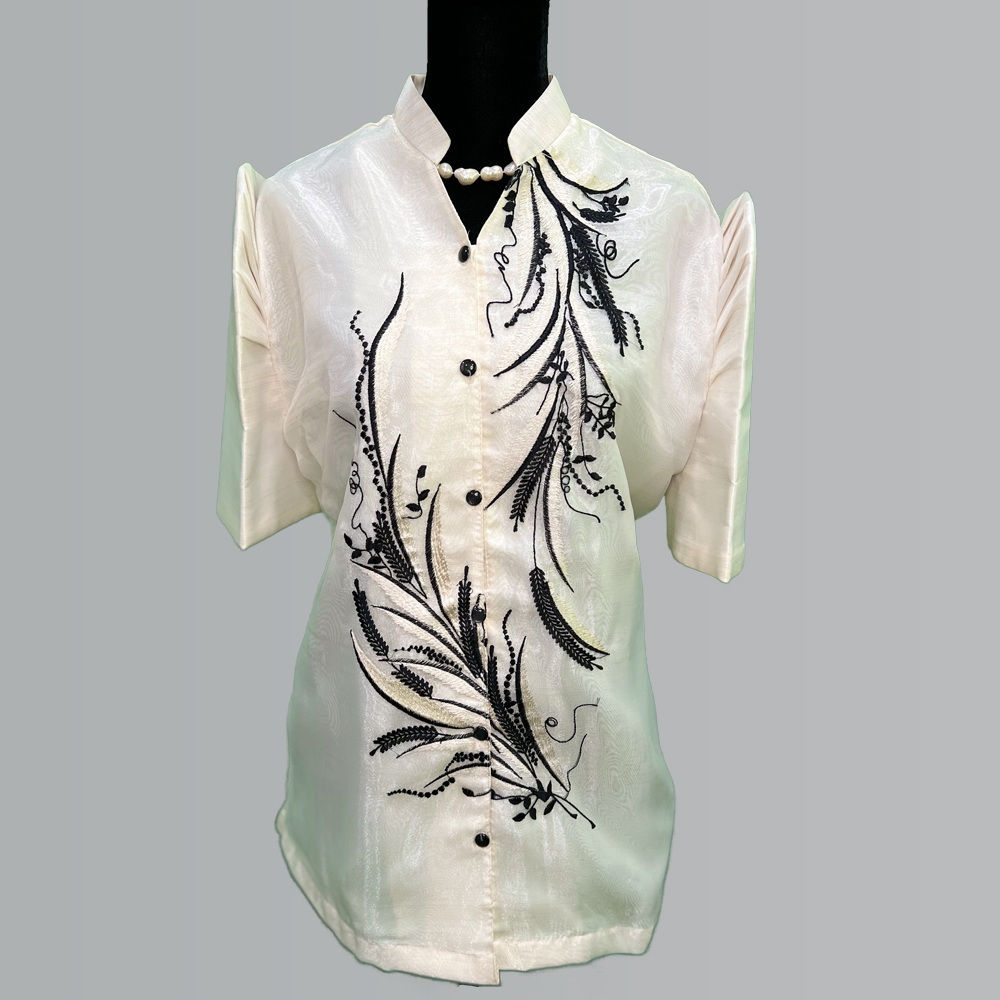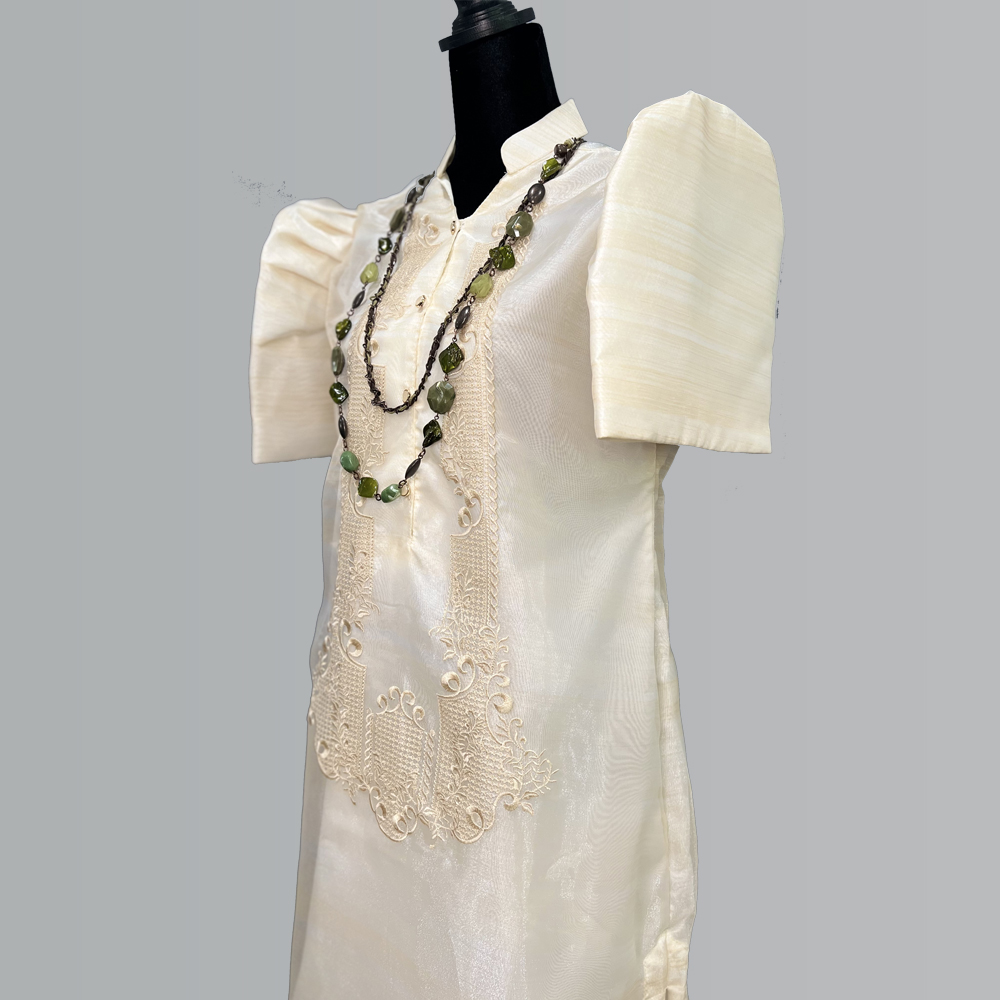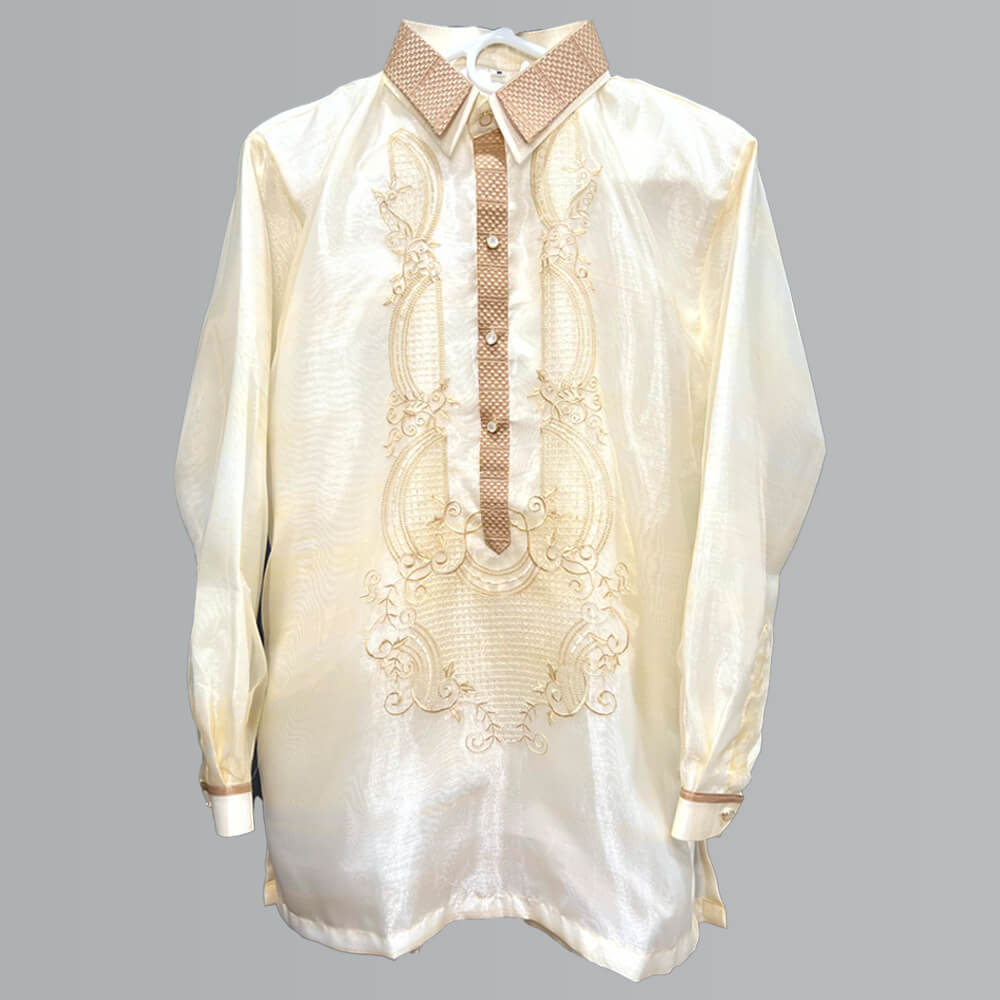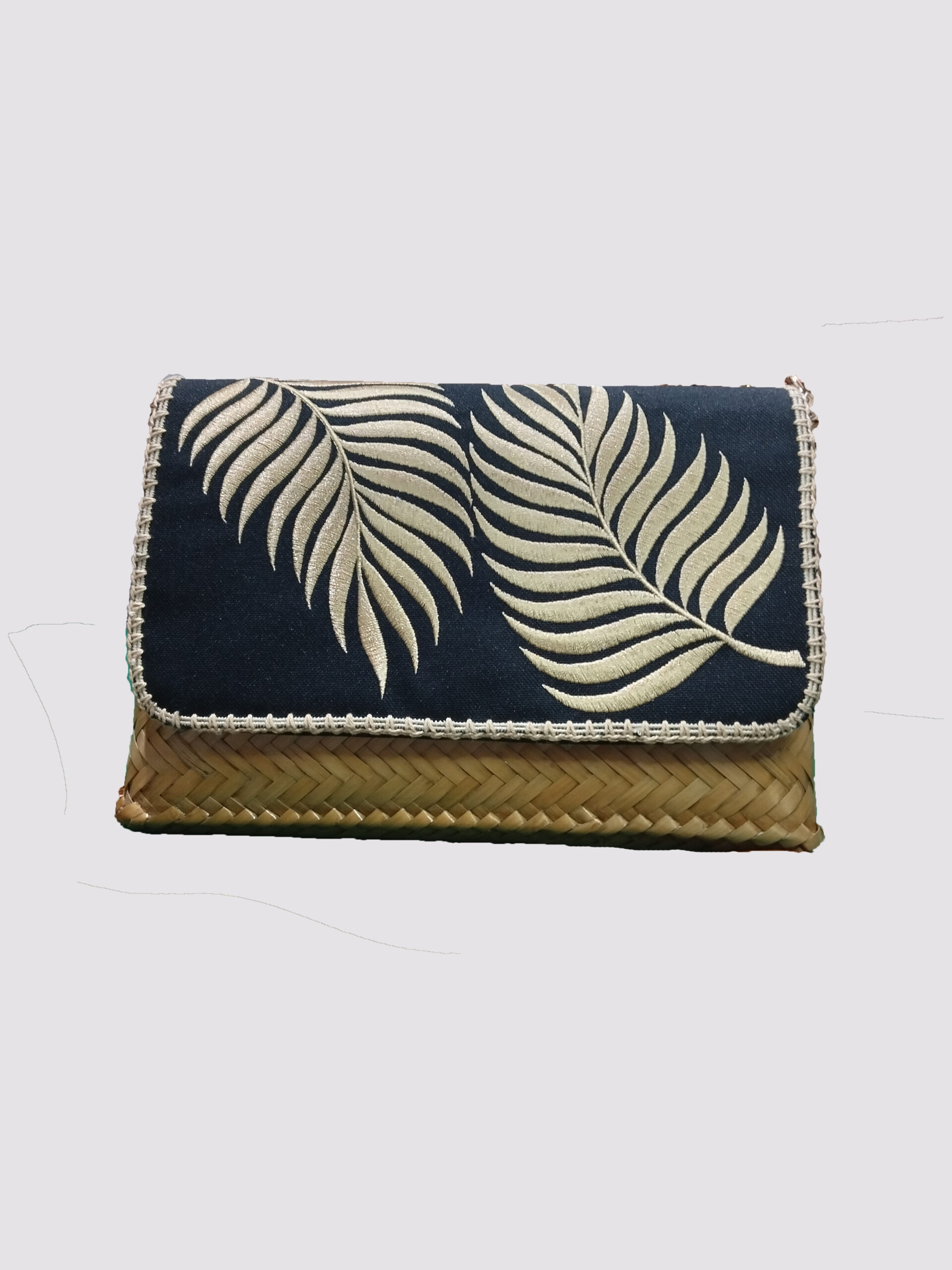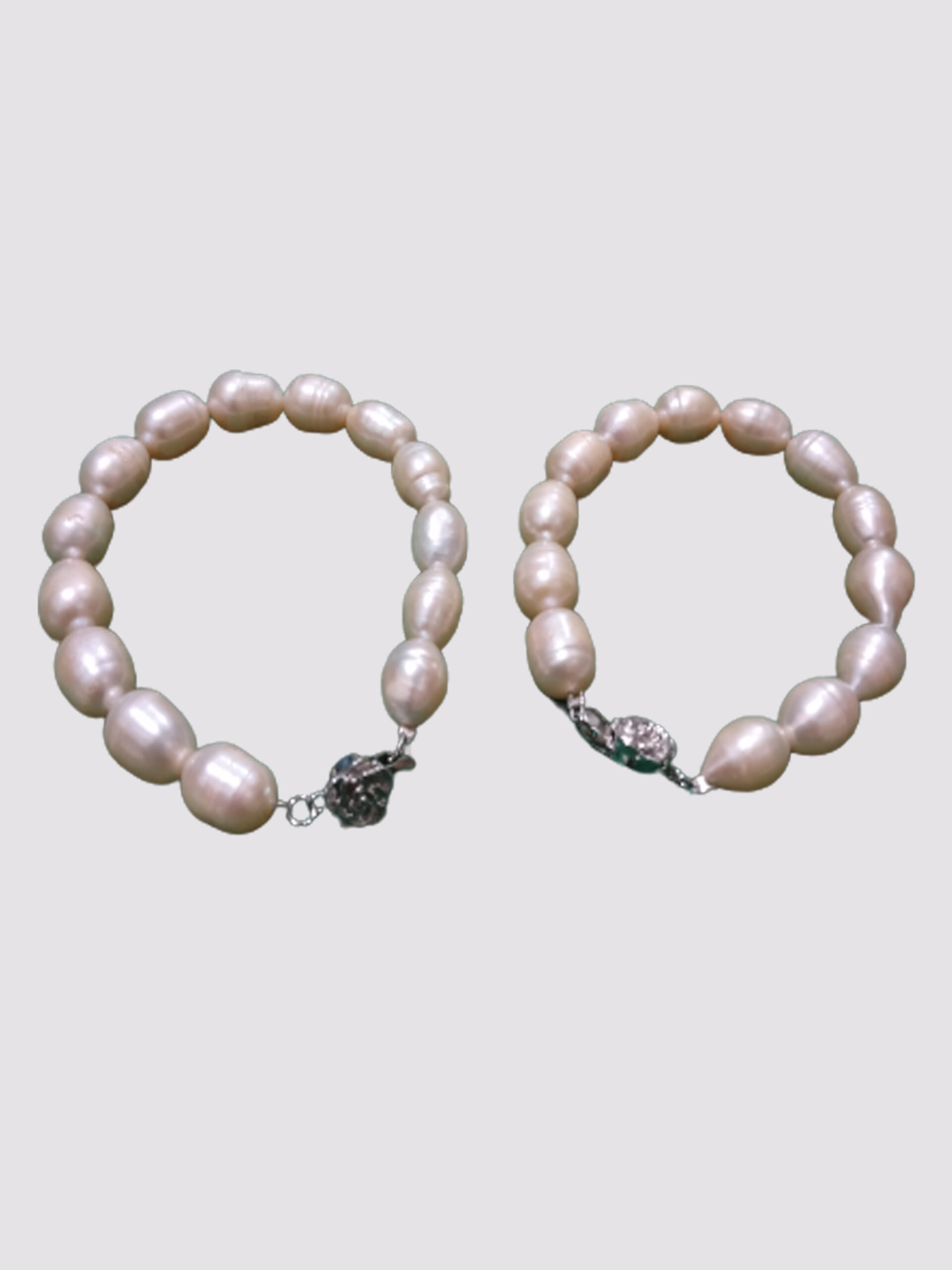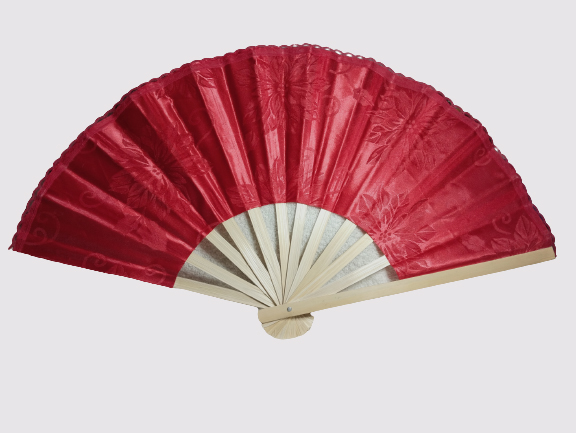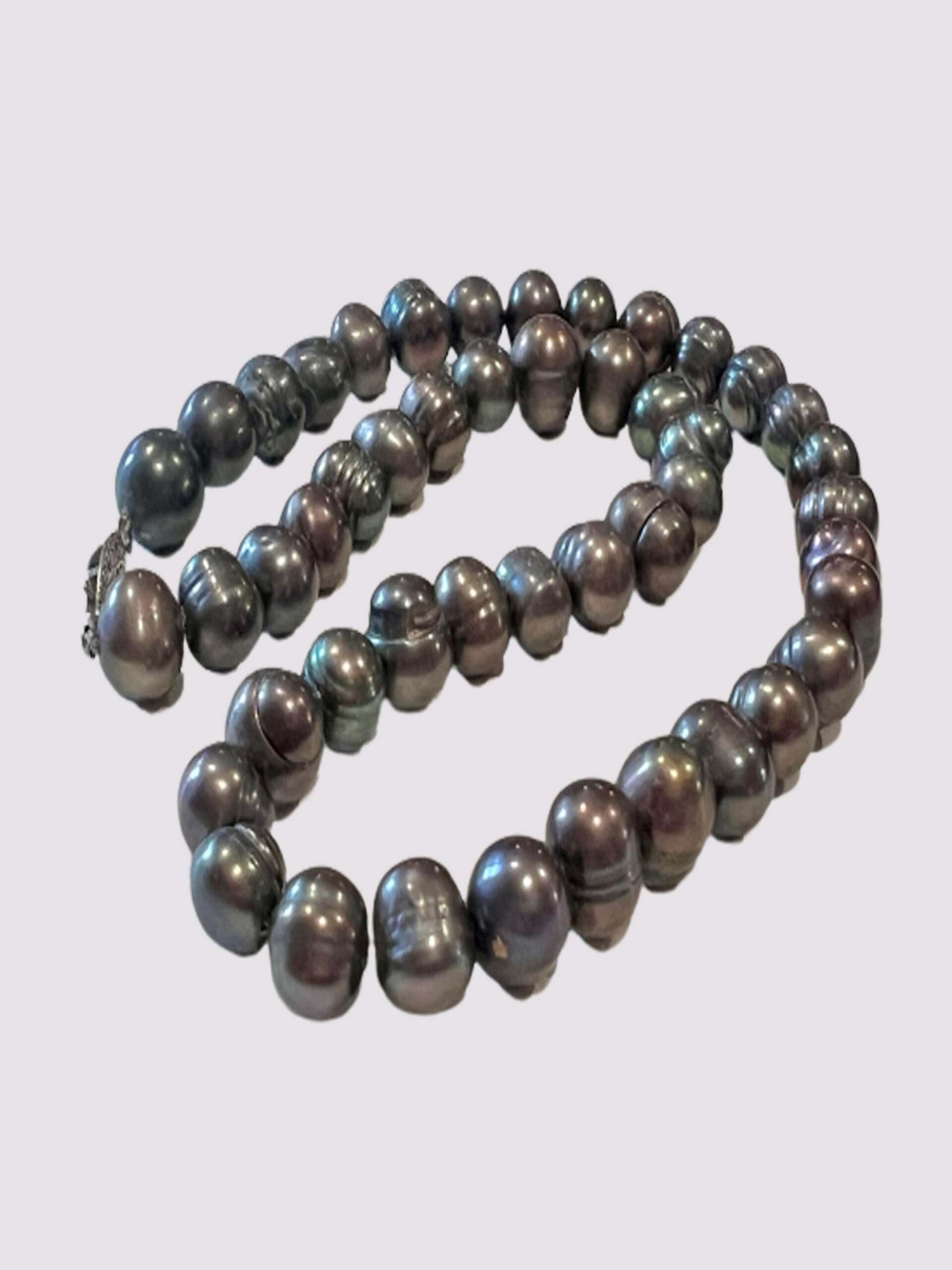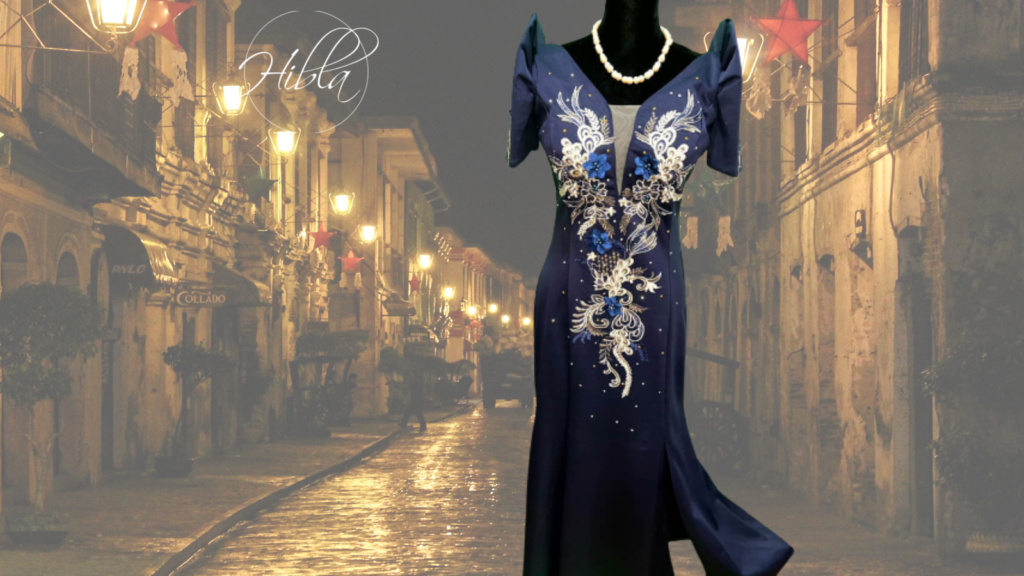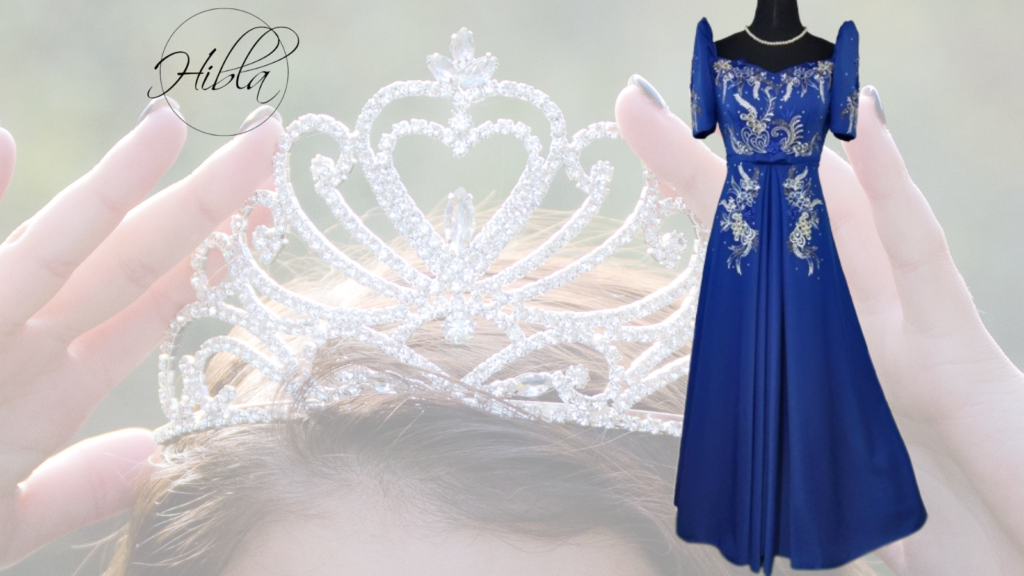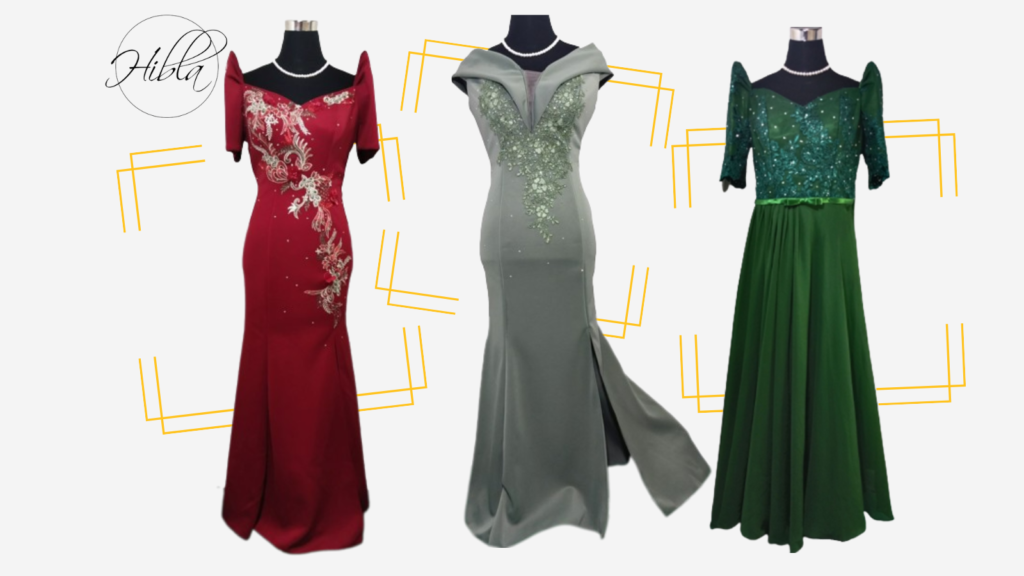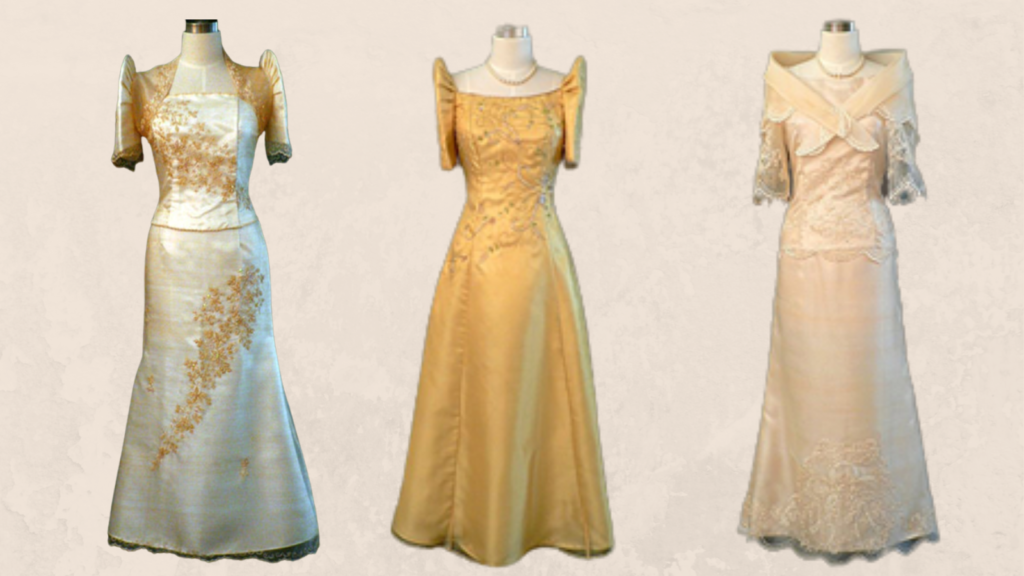The Evolution of Filipino Fashion
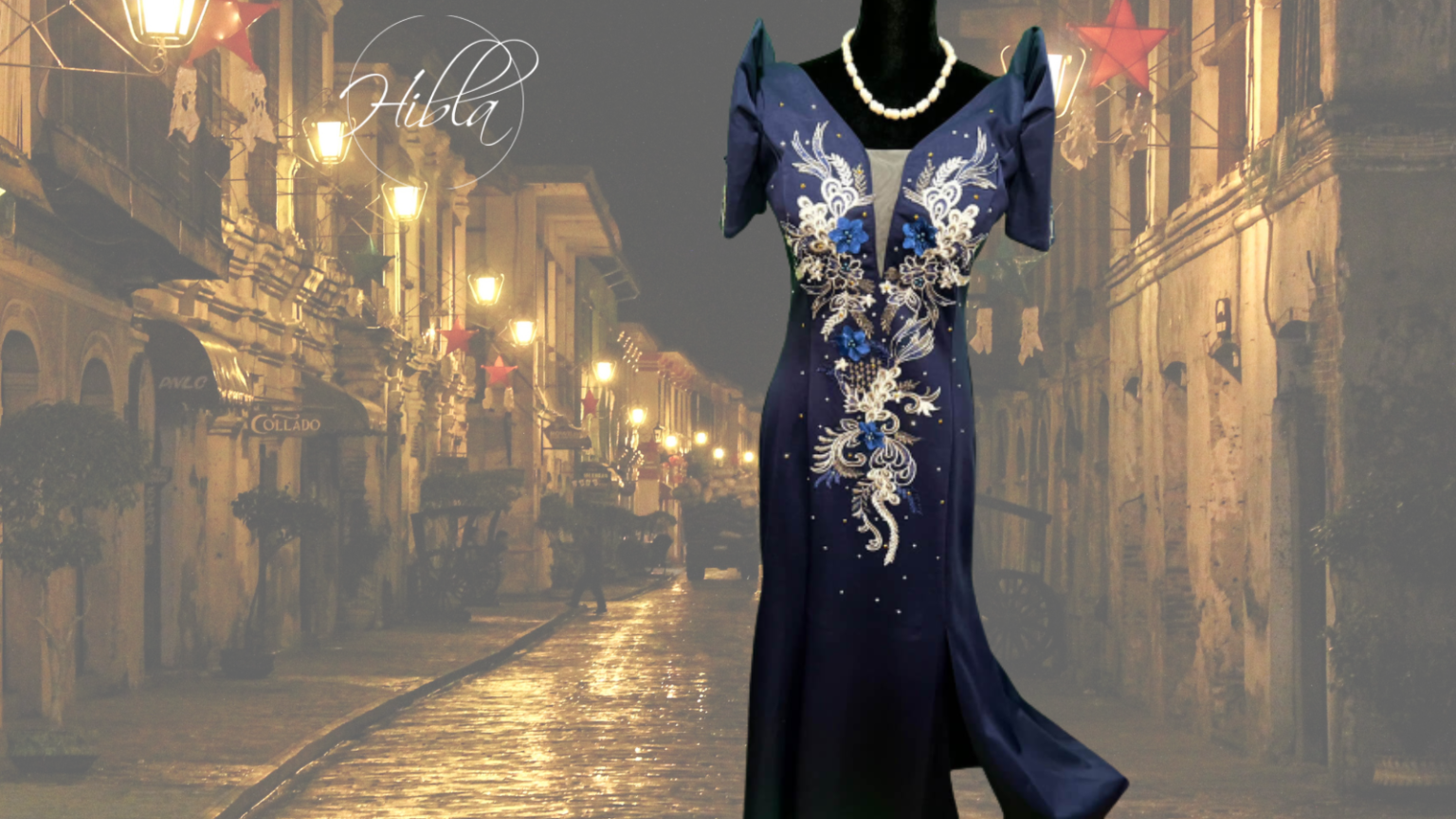
Filipino fashion history is a rich and diverse tapestry that reflects the country’s unique cultural heritage and colonial history. It Philippine fashion can be traced back to the pre-colonial era when Filipinos had a thriving textile industry. Early Filipinos wore traditional clothing made from traditional fabrics and woven materials such as abaca, piña or pineapple fibers, and cotton. Clothing was often made from colorful, handwoven fabrics and incorporated intricate embroidery and beadwork. Often, these were adorned with decorative elements that reflected the rich cultural heritage of the Philippines.
Key Moments and Influences
During the Spanish colonial period, Western fashion heavily influenced Philippine fashion. The arrival of the Spanish in the 16th century brought about significant changes to Filipino fashion. Spanish influence was introduced with the use of fabrics like lace, the adoption of the barong tagalog and the terno, and the creation of new garments like the saya and the pañuelo.
During the American colonial period around the 20th century, the Philippines became a US colony. American influence is reflected in the adoption of modern Western styles like suits and dresses, as well as the emergence of the contemporary Filipiniana dress, which combined traditional Filipino elements with Western designs.
A Period of Change
After World War II, Filipino fashion underwent rapid change and experimentation. Filipino designers like Pitoy Moreno and Ramon Valera are known for their elegant and sophisticated designs. They began incorporating Western design elements like slim cuts and shorter hemlines into traditional Filipino clothing styles.
During the Martial Law period of the 1970s and 80s, the government encouraged the development of a national costume to promote Filipino identity. This led to the popularization of the Barong Tagalog and the terno, which became the official national dress of the Philippines.
This period marked a resurgence of interest in the Philippine fashion industry. Designers such as Ben Farrales, Inno Sotto, and Pitoy Moreno incorporated traditional Filipino textiles and techniques into their designs.
In the 1980s, Philippine fashion became more experimental, with designers like Lulu Tan-Gan and Cesar Gaupo creating avant-garde designs that pushed the boundaries of traditional fashion. This era also saw the emergence of the TernoCon, a national competition that celebrates the terno, a traditional Filipino dress.
In the 1990s, Filipino fashion designers gained international recognition, with designers like Josie Natori and Monique Lhuillier showcasing their collections in New York and Paris Fashion Weeks.
Contemporary Philippine fashion continues to adapt to new influences and trends. Modern Filipiniana dresses combine traditional elements with contemporary designs, and Filipino designers like Rajo Laurel and Michael Cinco have gained international acclaim for their work.
The Bottomline
Today, the Philippine fashion industry is evolving and gaining global recognition for its stunning designs that blend traditional Filipino elements with modern aesthetics.
Remarkably, the industry also places a strong emphasis on sustainable and ethical fashion similar to the thrust of Hibla ltd. Many designers are using locally sourced materials and employing skilled artisans from various regions to create exceptionally unique designs.
In its true sense, the history of Filipino fashion is a monument to the nation’s rich cultural heritage while the Filipino sense of style and fashion is constantly expanding in interesting directions.
Hibla ltd. as the best source of Filipiniana gowns and barong is truly proud of these exquisite Filipino traditions.
Showcase the unique history and legacy of the Filipino! Visit us!
About the author
Related Posts
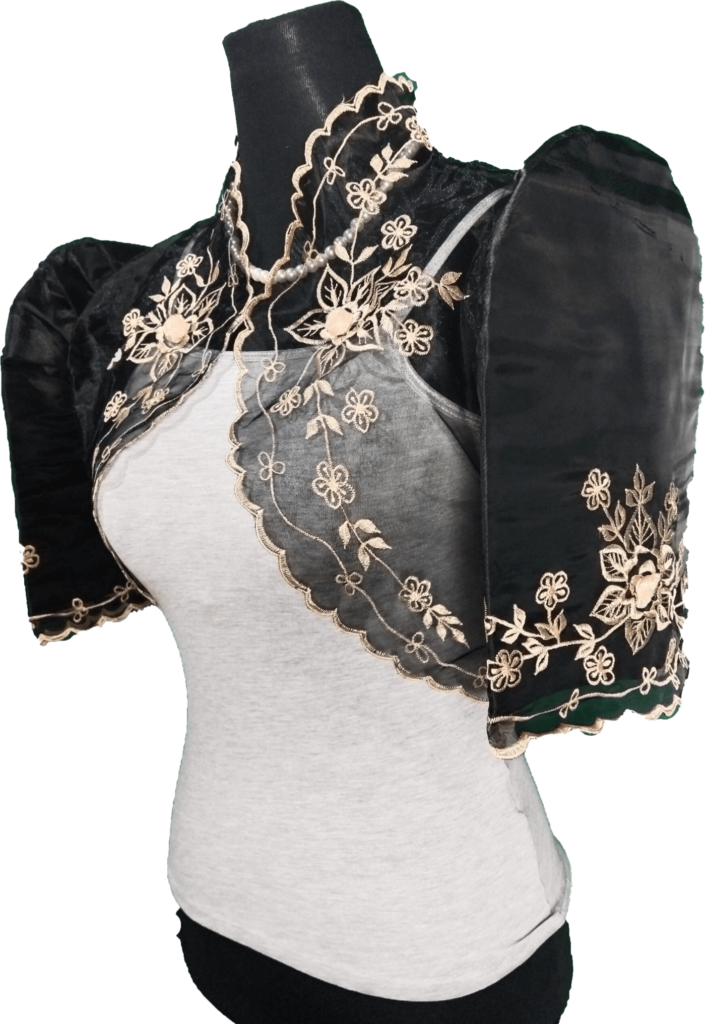
Elegant designs to match special occasions
Shop Now
Browse our various authentic, traditional, and popular Filipiniana and Barong collection. Designed and created from the Philippines’ finest materials with high quality finish.
Elegant designs to match special occasions
Shop Now
Browse our various authentic, traditional, and popular Filipiniana and Barong collection. Designed and created from the Philippines’ finest materials with high quality finish.
Elegant designs to match special occasions
Shop Now
Browse our various authentic, traditional, and popular Filipiniana and Barong collection. Designed and created from the Philippines’ finest materials with high quality finish.

fast delivery
Fast door-to-door delivery

varied options
Wide selection of products

Low Shipping Cost
Affordable shipping costs

SECURE PAYMENTS
Payments Are Secured And Trusted
© Hibla Ltd.™ All Rights Reserved 2025 | Website designed and created by EnticeAds Marketing

